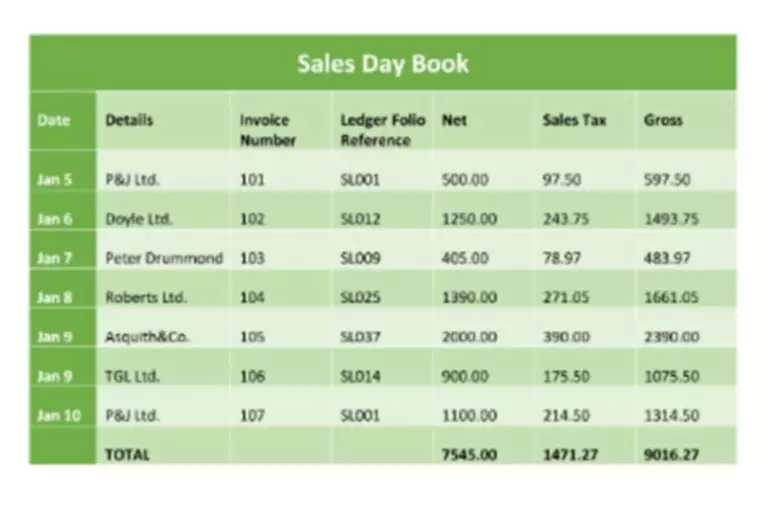How do I compute the product cost per unit?

Companies that manufacture goods will have a more clearly defined calculation of unit costs while unit costs for service companies can be somewhat vague. WareIQ provides multiple services across the fulfillment spectrum to enable you to optimize every process of the supply chain. We also give help you implement strategies to lower your cost per unit for all your products. Initially, the average cost tends to decline as more units are produced—i.e. Economies of scale—but the cost savings and benefits to a company’s profit margins reverse course beyond a certain threshold in terms of unit production output.
If your variable costs are $20 on a $200 item and your fixed costs account for $100, your total costs now account for 60% of the item’s sale value, leaving you with 40%. If the average variable cost of one unit is found using your total variable cost, don’t you already know how much one unit of your product costs to develop? Can’t you work backward, and simply divide your total variable cost by the number of units you have? The variable cost per unit is the amount of labor, materials, and other resources required to produce your product. For example, if your company sells sets of kitchen knives for $300 but each set requires $200 to create, test, package, and market, your variable cost per unit is $200. If your company provides multiple products or services, you will have to calculate the total variable cost for each product and add them all together to get the total for the whole company.
Total Variable Cost vs. Average Variable Cost
It’s important to consider that any discounts or price cuts come out of your margin, not the total product cost. If your sales price is $10.00 with total product cost is $7.50 and a 10% discount, your variable costs won’t change much. It will still cost $7.50 to manufacture that product, but the sales price will https://www.bookstime.com/ drop to $9.00 after the discount. The margin will decrease from $2.50 to $1.50 per unit, or from 25% to 17%. Estimates to start a food business range widely, depending on the product. Consider working with an accountant or consultant to best understand the cost of production for each unit and pricing strategies.
For example, there are some handy formulas every business owner should know to figure out monthly revenue and expenses. The product cost per unit is used for valuing a company’s inventory and for determining the cost of goods sold. Instead, these costs are described as period costs since they are expensed immediately in the accounting period in which they were incurred.
Average Cost (Per Unit Cost)
Near the aforementioned inflection point, most of the incurred incremental per-unit costs are of variable nature, rather than fixed costs. In general, based on the cost per unit, most businesses set the selling price of the product, keeping the profit in mind. If they said a price per unit without considering cost per unit, it might lead to a considerable loss. Besides, this can also help the customers come up with a better purchasing decision as they can know whether the Price charged is feasible. For example, if the cost per unit is USD 80 and the company charges USD 150 per unit, the customers may not purchase the product and will look for an alternative.
How do you calculate cost per unit of a product?
Product Cost per Unit Formula = (Total Product Cost ) / Number of Units Produced. To avoid losses, the sales price must be equal to or greater than the product cost per unit. If the sale price is equal, it is a break-even situation, i.e., no profit or loss, and the sales price covers the cost per unit.
However, underpricing a product is a common mistake among new food entrepreneurs. There are also fixed costs, such as rent, utilities, storage, and so https://www.bookstime.com/articles/how-to-calculate-cost-per-unit on. And, because each unit requires a certain amount of resources, a higher number of units will raise the variable costs needed to produce them.
Total Cost vs. Average Cost vs. Marginal Cost Formula
Some companies may have a high amount of indirect costs which requires higher pricing to more broadly cover all of the company’s expenses. Enter the quantity and total price to calculate the cost per unit, or unit price. WareIQ provides a one-stop shop for all your logistics needs, from managing inventory to shipping orders, solving COD, NDR, or fraud issues, and analysing performance. This enables eCommerce businesses to focus on growing their business and outsource all inventory management and shipping requirements while ultimately reducing shipping costs.

Focusing on the process rather than product or product-related expenses is an initial significant divergence from conventional practice for many firms. Examining overall processes enables you to control the entire workflow rather than just a portion. Nurture and grow your business with customer relationship management software. The more products you create, the more employees you might need, which means a bigger payroll, too. These can include parts, cloth, and even food ingredients required to make your final product.
Step 2: Calculate Average Variable Costs
This is the same as the unit price, but worded in a different way. Thus, the unit price is equal to the total price divided by the total quantity. Businesses are the usual organizations that use unit cost but other organizations like government agencies can use them too to get a better understanding of finances. It helps you amplify the SKU (stock-keeping units), which are your highest profit generators, and assists in boosting customer loyalty and satisfaction.
- It helps you amplify the SKU (stock-keeping units), which are your highest profit generators, and assists in boosting customer loyalty and satisfaction.
- The unit cost is the amount of money it takes to produce one unit of an item.
- We write regular articles that help drivers and businesses become better at all things delivery.
- Fixed costs are costs that don’t change in response to the number of products you’re producing.
“Overall, there is more transparency with ShipBob that even helps our team manage customer service better. I can see the granular stage the order is in — if it’s being picked, packed, in transit, etc. Therefore, the cost to produce one unit of their very large dog food in February 2022 was $80. Boost your brand’s visibility to drive sales higher than they’ve ever been before with gift cards uniquely designed for your business.
Example of the Cost per Unit
These expenses can’t be changed in the short-term, so if you’re looking for ways to make your business more profitable quickly, you should look elsewhere. There will be some expenses you’ll have more control over, like variable costs. You’ll be able to quickly cut down on these costs to increase profitability. Fixed costs, on the other hand, are more stable, and you often have less control over them. For example, you’ll always be responsible for paying expenses like rent, utilities, and licenses. A customer’s perceived value of your product provides the basis for value-based pricing.


0 comments on How do I compute the product cost per unit?